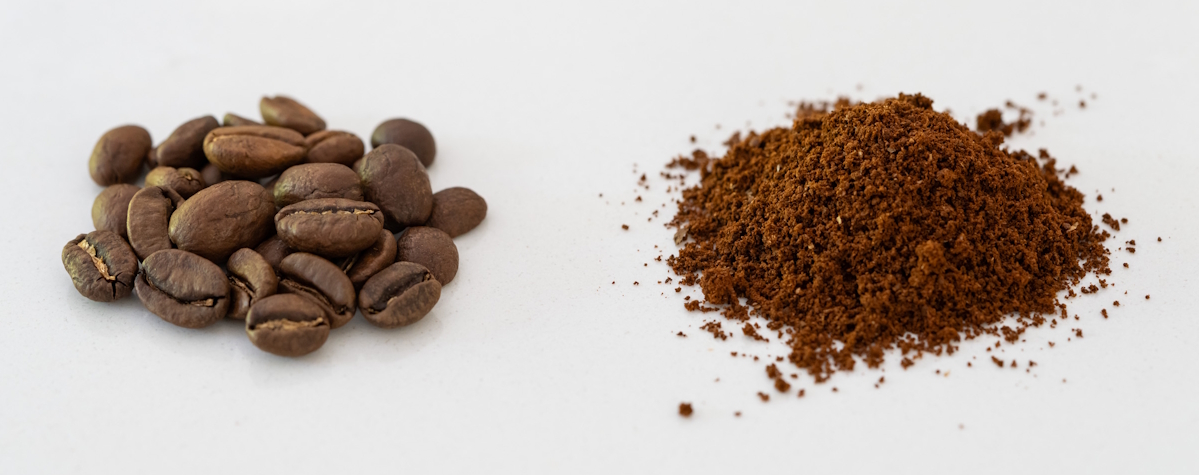120 espressos, 3 weeks, 1 highly caffeinated individual
Using Design of Experiments to create the perfect espresso.
Published June 2025In a bold blend of science, statistics and caffeine, our Managing Director Andrew Macpherson has completed an ambitious three-week study that involved drinking 120 espressos—an average of nearly six per day — to generate real-world data for a Design of Experiments (DoE) analysis.
He undertook the caffeinated challenge in the hope of creating the perfect espresso; the results of which will be presented to a global audience as part of the popular DoE Summit (16-20 June 2025) hosted by Stat-Ease, Inc.
“I wanted to move beyond abstract, hypothetical datasets,” Andrew explains. “Design of Experiments is a powerful statistical framework, but it needs meaningful data to shine. What better way to generate that data than to use my own brain and body as a lab?”
Design of Experiments is an established statistical methodology, which allows the experimenter to study the effects of multiple factors simultaneously. Compared to simple trial and error, or even a more robust “One Factor at a Time” (OFAT) strategy, DoE adopts a more structured approach and identifies which combinations of factor settings are likely to yield the most valuable information; this ensures that study sizes are minimised, while maximising the amount of process understanding generated from the resulting data. Although initially pioneered in agriculture in the early 20th century, DoE is now widely used across industries such as biotechnology, pharmaceuticals and many more.
Our study aims to explore how varying different factors—such as grind size, roast level, altitude at which grown and more – could be optimised to create a model allowing for the perfect ‘cup o’ Joe’ based on whatever beans are available. The experiment involved meticulous planning, including randomised scheduling, blocking, Candidate Lists, and many more tools required to meet the practical demands of running a study. More importantly, it demonstrates various statistical techniques and tools available to scientists, engineers and formulators that can be applied to any Industry; from pharmaceutical development to manufacturing.
“Making a cup of coffee is easy… isn’t it? On the face of it, yes – but you’d be surprised at how many parallels this seemingly simple process has to real-world DoE applications,” says Andrew.
“In this context, brewing the perfect espresso transformed into a complex multi-stage operation, allowing us to explore and solve troublesome issues familiar to all experimenters. These DoE techniques are essential to constructing practicable designs, optimising processes and products, and reaching otherwise impossible levels of process understanding.”
Providing the all-important beans is Jack Beynon, Head of Coffee at Coffee World.
“I love coffee for its diversity,” says Jack. “We considered the roast level, altitude, variety and processing method of the beans we chose carefully. Alongside the varying qualities of coffee beans are the variables in brewing – the weight of the espresso, the extraction time, brew temperature and tamp pressure just to name a few.”
Though the study was not without side effects (“I tried to drink the espressos in the morning otherwise there was no way I was getting to sleep that night!” says Andrew), the data collected offers unique insights. Early findings confirm that brewing perfect espressos is challenging and complex, involving interactions between the physical properties of the coffee beans and the controllable factors such as grind size and brew temperature.
We plan to reveal the full findings in his “DOE: Developing Optimal Espressos” presentation on Monday 16 June at 13:00 BST; register here to attend. A detailed description of the process and statistical methodology will be published online on our website soon afterwards.
If you would like any further information on how we can help you with your statistical problems, please contact us now and we look forward to hearing from you.

